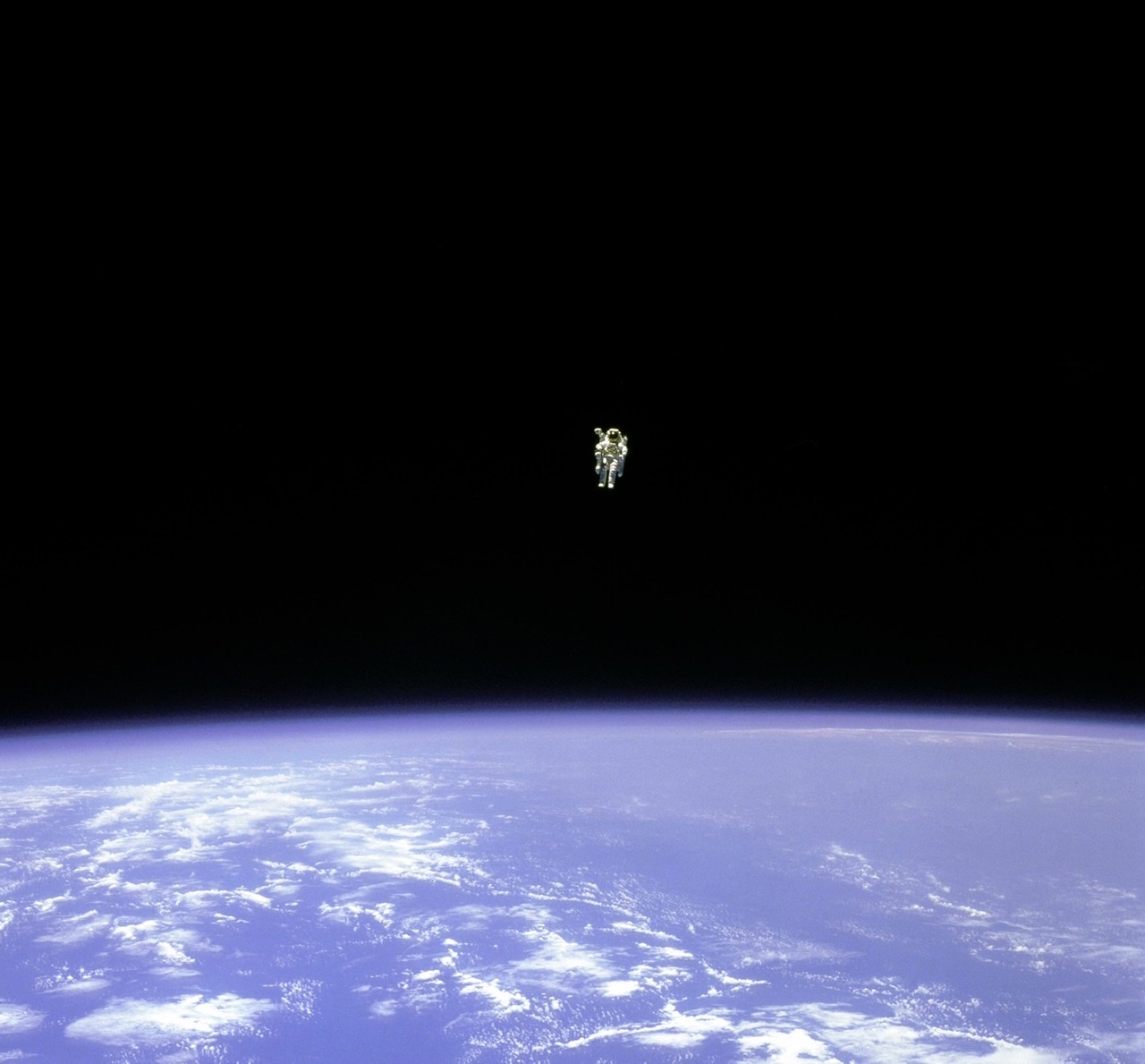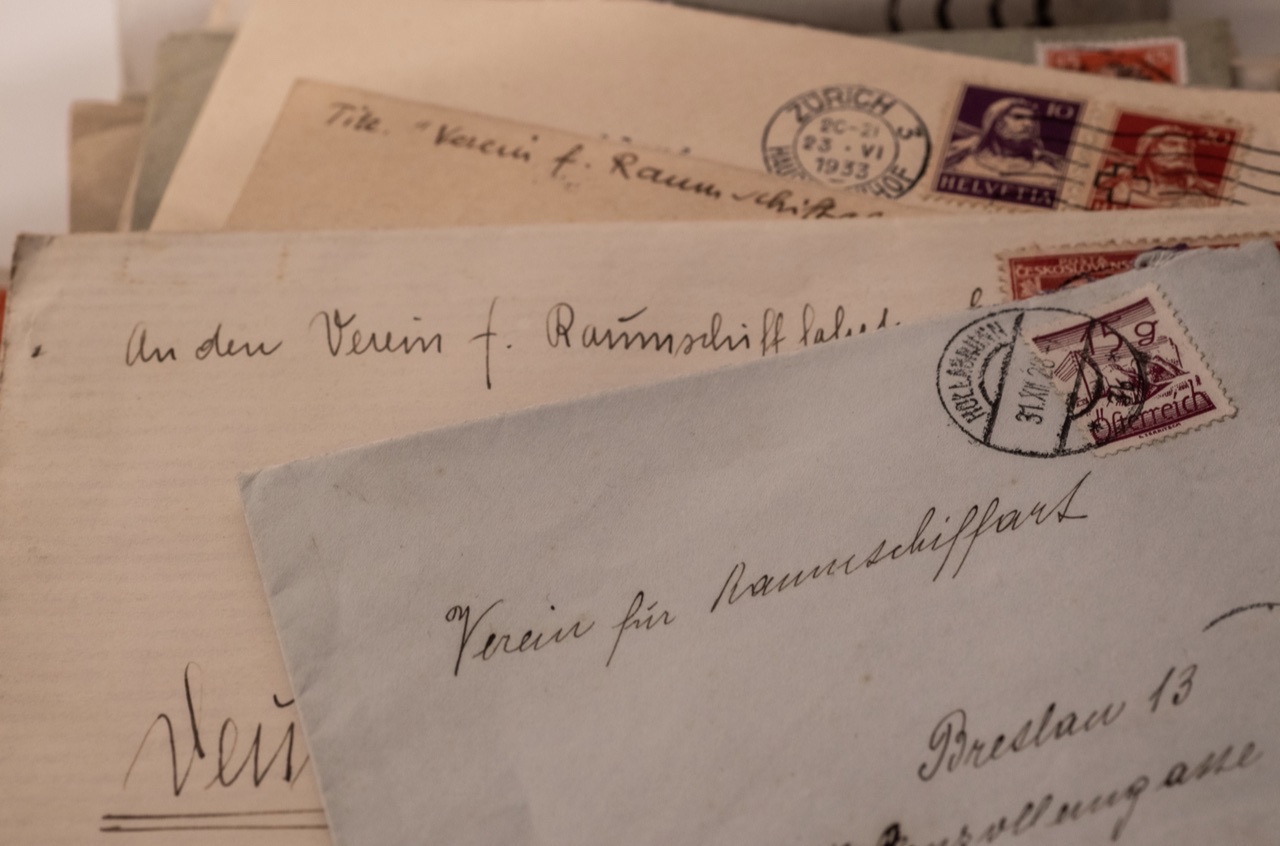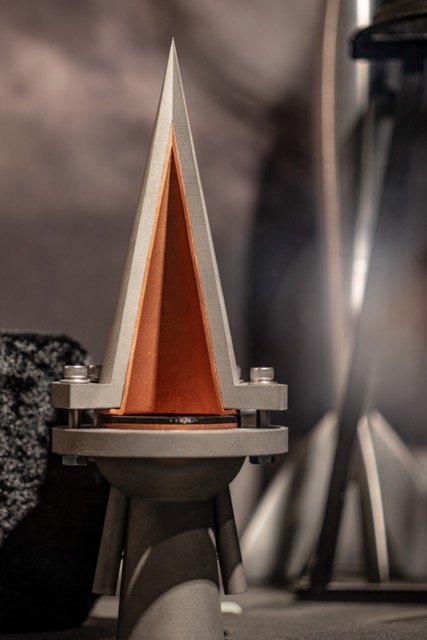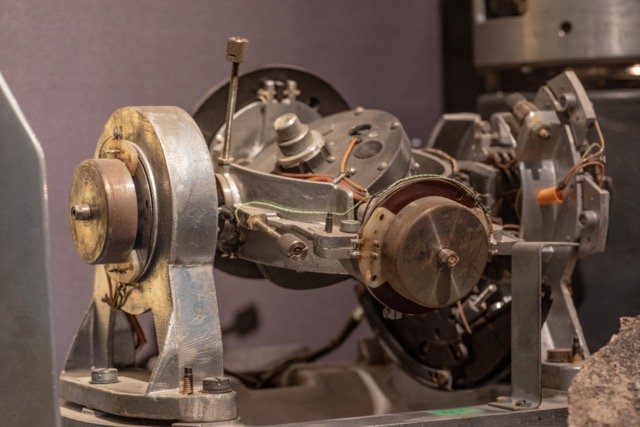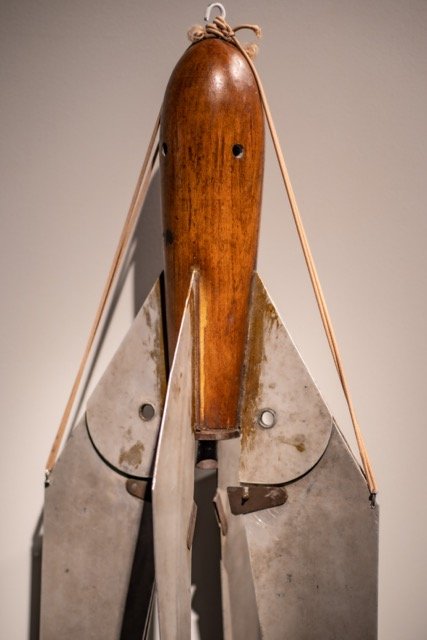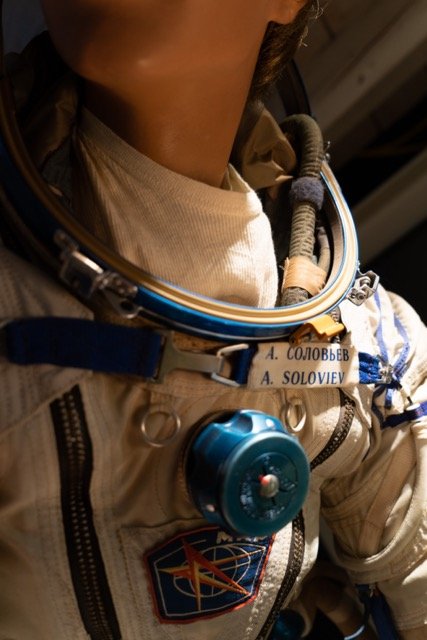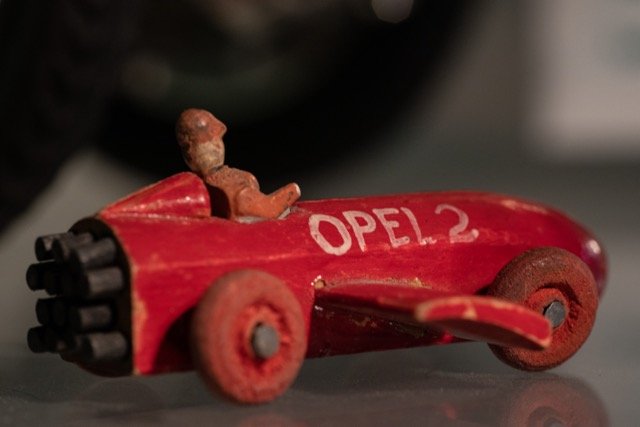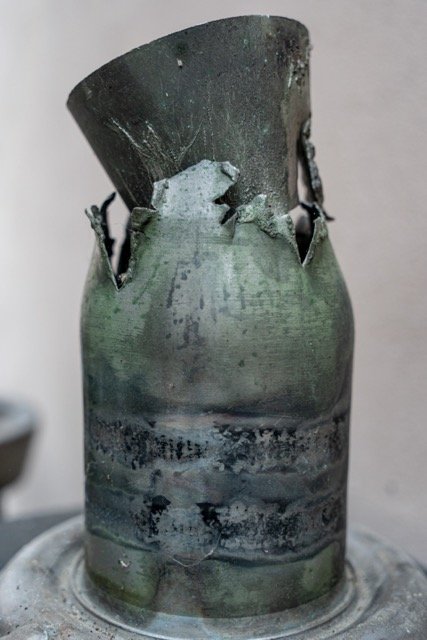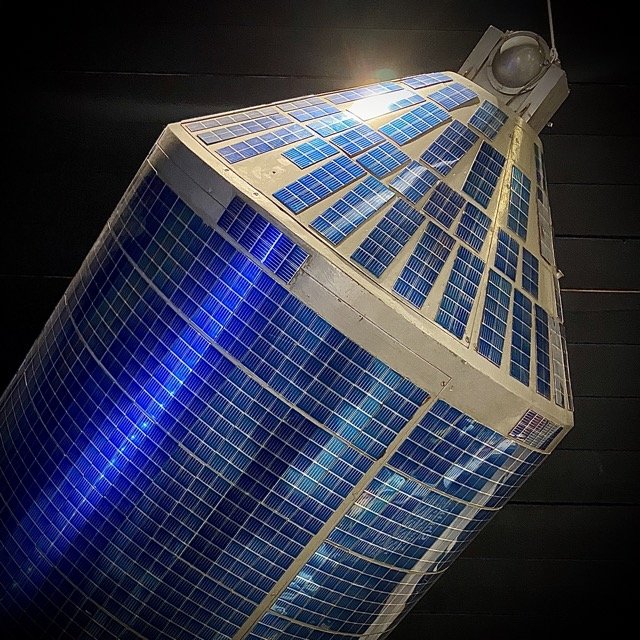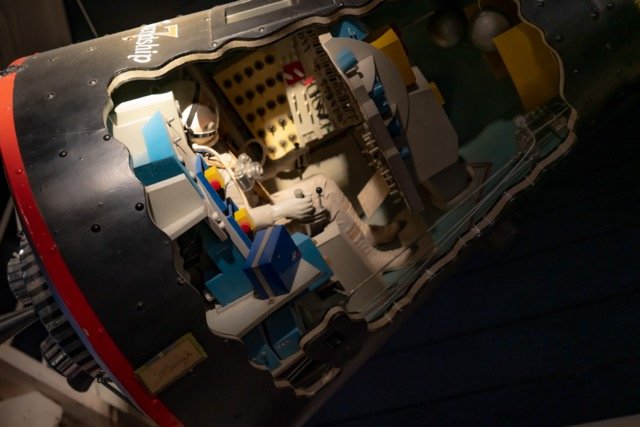How it all began.
The beginning of the space age is usually associated with the launch of the first satellite Sputnik 1 by the Soviet Union on the 4th. October 1957.
But before this first satellite could be shot into orbit on a rocket, the theoretical-physical basics had to be worked out and a wealth of technical-constructive preparatory work had to be carried out.
This phase of the transition from the space fictions of Jules Verne in the late 19th century. Century to realize a real space travel with liquid rockets in the second half of the 20th century. Century shaped the four fathers of rocket technology and space travel:
Konstantin Ziolkowski, Robert Esnault-Pelterie, Robert Goddard and Hermann Oberth.
Vision & Effect.
Already 100 years ago, he systematically thought about traveling with rockets to the planets. Prof. Dr. h.c. mult. Hermann Oberth (1894-1989) is considered one of the four fathers of space travel and founder of scientific rocket technology. The physicist from Transylvania spent his second half of his life in Feucht. The Museum and Archive for Space History named after him researches, documents and conveys the development of space travel in the 20th century on currently 160 m2 of exhibition space. Century. Oberth had already described almost every space concept that has been implemented to this day in his scientific work. With the help of numerous models, original artifacts and documents, the fascination of space travel can be traced from Oberth’s “Kegeldüse” to modern rocket engines, from Oberth’s rocket design for a UFA silent film to the space shuttle and from Oberth’s “space diver suit” to modern space suits.
